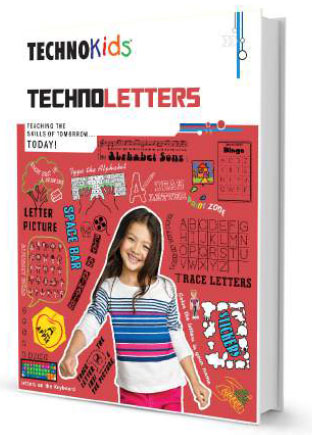
How to Give Feedback Effectively to Parents Without Getting Too Critical
How to Give Feedback Effectively to Parents Without Getting Too Critical
Mathletics works with its award-winning education resources to support home educators, help learners learn purposefully and create an engaging learning experience for them. Feedback is an important part of the learning imparted through the resources offered by Mathletics. Urban centres such as Dubai and Abu Dhabi, in UAE and other Middle-Eastern countries including GCC have several educators who actively benefit from the extremely usable and helpful online resources.
Since feedback is the information about reactions of a person’s performance which can be used as a basis for improvement. It is important for any kind of work as it helps with understanding the right way of doing something so you can be as successful as possible in the work you undertake. It is very important to provide feedback in a positive manner to ensure your message is not misinterpreted.
Keep it to the point: Providing feedback that is useful to the parents and the student is important. Vague comments such as “Can do much better” and “Needs work” won’t make a difference and will be of no use unless you talk about the things, he/she has done wrong or right and what needs to be done to get it right.
Keep your feedback fresh
Be sure to give immediate feedback. Giving feedback immediately is far more useful than giving it after days, weeks or months. Parents may give more importance to the feedback if it is in relation to something that is fresh in their minds. They will be able to better understand and work better on it. So, always give immediate feedback whenever it is possible.
Explain the use of what you’re teaching with regards to their child’s aim in life
Oftentimes parents tend to think certain aspects of the curriculum wasteful in relation to what they want to achieve in life. For example, a student wanting to pursue athleticism may not see the use of a subject such as Music. You must explain to them the benefits of Music some being decreased cortisol (stress hormone), improves sleep quality and an elevation of mood among others.
Keep the parents involved
It is important to keep parents in the loop as to what goes at school and how their child fares in day to day activities and academics. The more the educator shares, the better the parent knows which is beneficial to both, the student and the parents. When parents know of this information, it is easier to understand the process of learning. Informing them of the ways their child is studying, learning, growing and researching is of utmost importance. It helps them to know their child better and the mistakes he/she makes which will also further help them in coming up with ways to avoid repeating those mistakes.
Confer with the parents thoughtfully
Be careful and conscious of what you say to the parents about their child. A poorly stated feedback can create more problems than it can solve. Parents may be inclined to think of a teacher as being unprofessional if the feedback is not presented well. Be sure to not let the parents think of your feedback as a way to criticize their child. This may render them defensive.
Avoid their perception of your feedback as a way to spark competition between the students. Do not be too strict with the student or it may lead to him disliking the idea of learning which may seem worrisome to the parents and leave them puzzled and unable to understand. To avoid any such misunderstanding or unwanted circumstances, assure the parents that the only competition is with oneself and not each other.
Be prepared and open minded about receiving feedback from the parents
It is a valued trait in an educator when they take note of what the students have to say about their teacher. In most cases, children find it much easier to talk to their parents about unfulfilling things at school, this may include things from students to teachers. Parents may look forward to addressing these issues with their teacher. In such instances, listening with patience and an open mind is important as it will help you understand what works in your teaching style for the student and what doesn’t and you work on these things for a smoother teaching experience for yourself and the student. This way, a trust will build between the teacher and student.
These tips will help you become better at dealing with situations where not only must you think of the student but also the parents. A job well done by the student is all that is desired by both sides and following these tips, it may be easier to achieve that common goal. Feedback, when received and given properly and skilfully, can help garner information that is vital to the development of the student and the teacher.













Recent Comments